Mira Str.40-2, 222307, Molodechno, Belarus
astroseriv@yandex.by
Abstract: I present the results of listening to the 88.6 MHz radio airwaves from February to November 2022.
The observations were carried out at a private astronomical observatory near the town of Molodechno (Belarus) at the place of Polyani. A 5 element-antenna directed to the west was used, a car FM-receiver was connected to a laptop with as processor an Intel Atom CPU N2600 (1.6 GHz). The software to detect signals is Metan (author – Carol from Poland). Observations are made on the operating frequency 88.6 MHz (the FM radio station near Paris broadcasts on this frequency). The “France Culture” radio broadcast transmitter (100 kW) I use is at about 1550 km from my observatory which has been renewed in 1997. The method of listening to a radiophone is more “sensitive” in terms of detecting meteor signals compared to the method of automatic detection, so it is more interesting. Regular (daily) observations 3-5 times a day are of scientific value, because they have uniformity, as performed on the same equipment.
2 Listening to radio echoes on 88.6 MHz
In order to save observation time and to increase the efficiency of listening for the radio meteor echoes in order to obtain a more complete observation series, I made a modification to the method with the introduction of a definition of “synthetic” hourly rate numbers (Figure 1–7 and 10–12).
Listening to the radio signals for 10 minutes with extrapolation of the data to 1 hour was done about 3 to 5 times a day. At the times of the maxima of the main meteoroid streams, the counting of meteor echoes was performed on average every 2–3 hours in order to get a better coverage of the observational series. This was done in order to control the level of the hourly rates as well as to distinguish between periods of tropospheric passage and other natural radio interference.
February is a rather quiet month in terms of meteor activity (Figure1). The month was even calmer until March 20, but after March 20 there was a monotonous increase in meteor activity. Most likely due to sporadic meteors, as there are no active showers with high activity (Figure 2).
April is a fairly active month. The maximum hourly numbers of about 170–180 signals were recorded on April 21–25 and apparently connected to the Lyrids (#0006), although no pronounced peak was observed (Figure 3).
The high hourly numbers from May 4 to 8 are probably due to the ETA peak (#0031). The peak on the morning of May 15 with 200 signals per hour may be due to meteoroids associated with asteroid 2006GY2. An unclassified peak appeared on May 27 with 150 signals per hour. The high activity on May 31 may be associated with the outburst of the minor shower of TAH (#0061) (Figure 4).
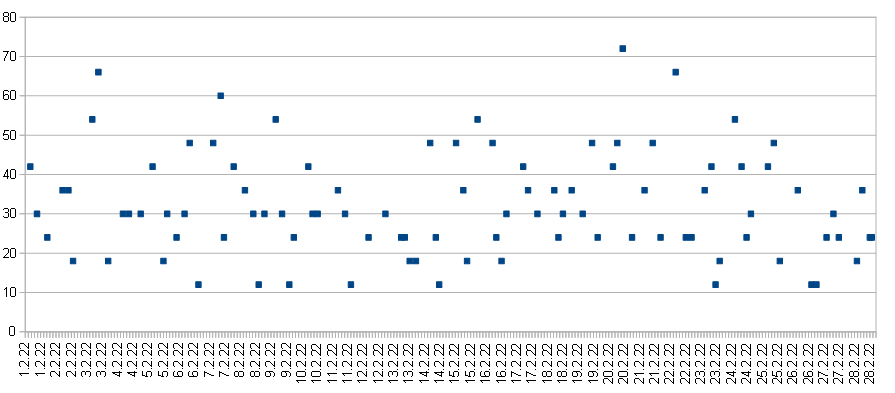
Figure 1 – The result with the calculated hourly numbers of meteor echoes by listening to the radio signals during February 2022.
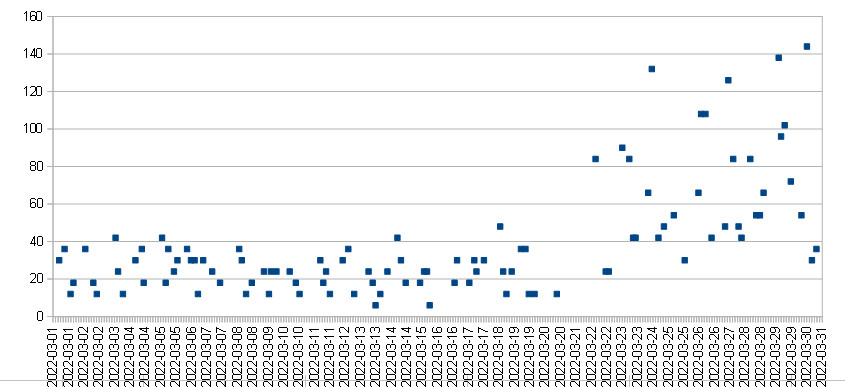
Figure 2 – The result with the calculated hourly numbers of meteor echoes by listening to the radio signals during March 2022.
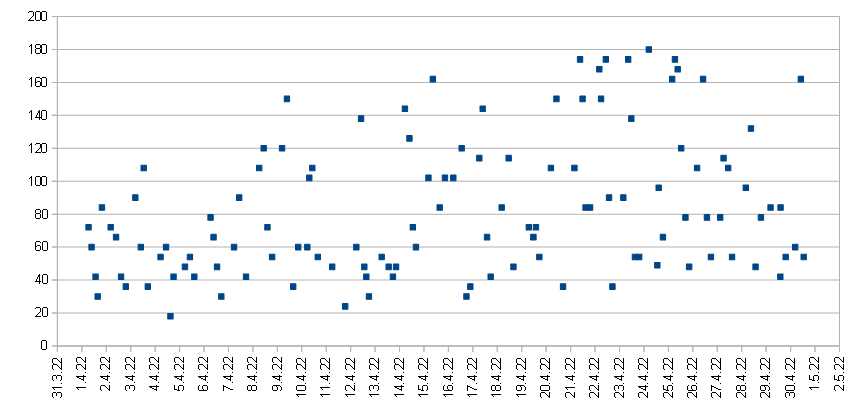
Figure 3 – The result with the calculated hourly numbers of meteor echoes by listening to the radio signals during April 2022.
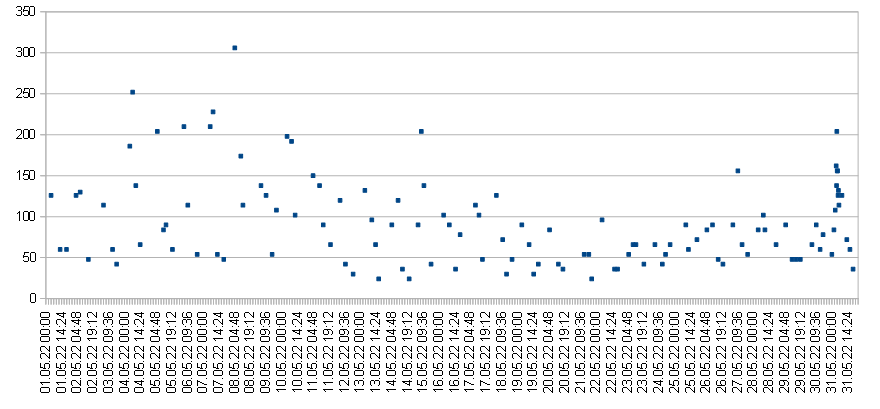
Figure 4 – The result with the calculated hourly numbers of meteor echoes by listening to the radio signals during May 2022.
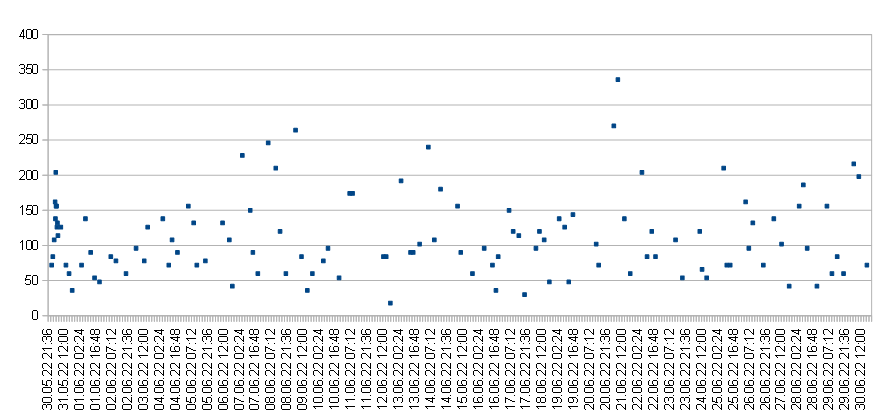
Figure 5 – The result with the calculated hourly numbers of meteor echoes by listening to the radio signals during June 2022.
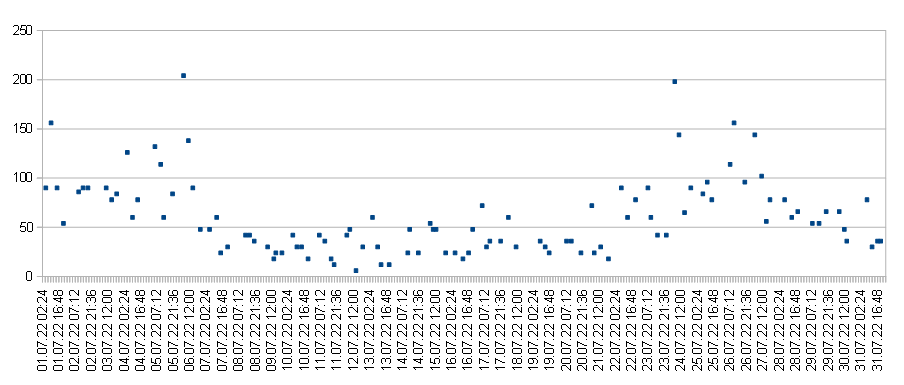
Figure 6 – The result with the calculated hourly numbers of meteor echoes by listening to the radio signals during July 2022.
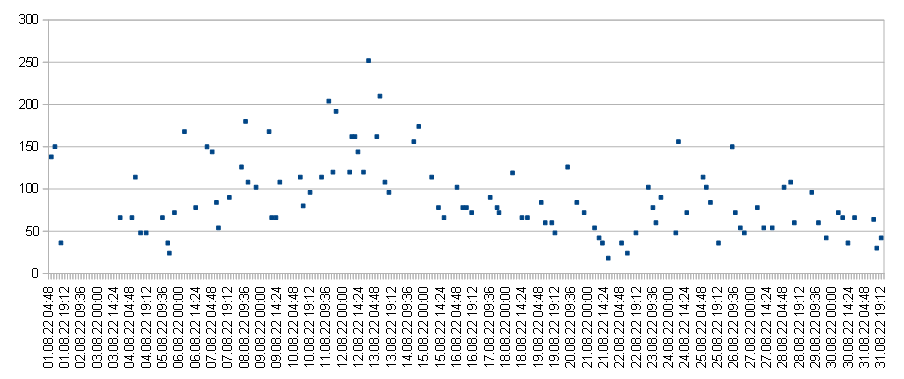
Figure 7 – The result with the calculated hourly numbers of meteor echoes by listening to the radio signals during August 2022.
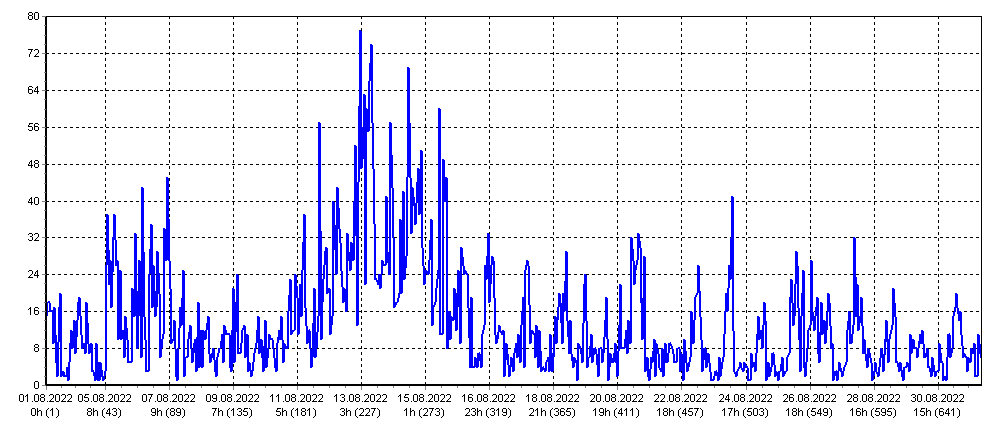
Figure 8 – Radio meteor echo counts at 88.6 MHz during August 2022.
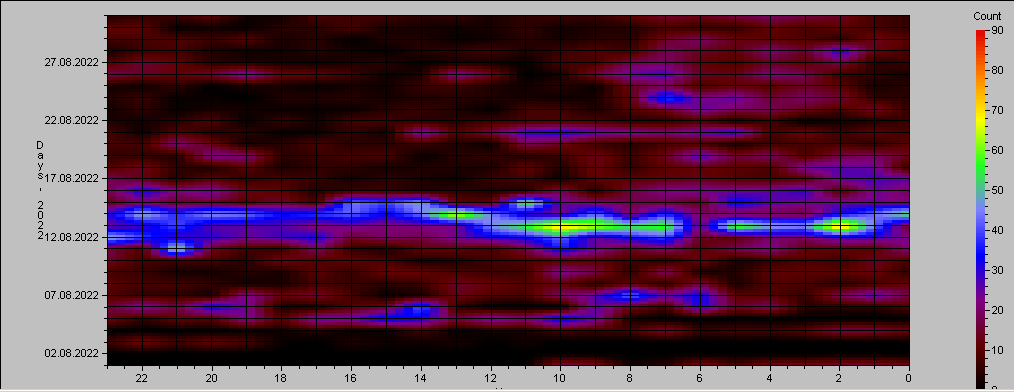
Figure 9 – Heatmap for radio meteor echo counts at 88.6 MHz for August 2022.
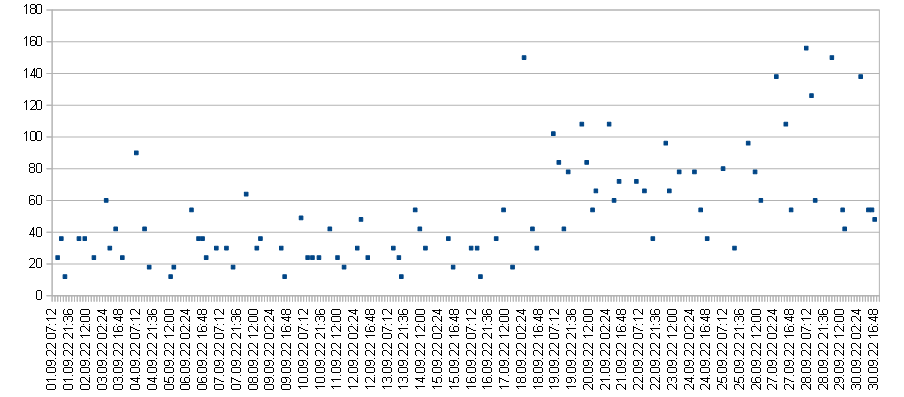
Figure 10 – The result with the calculated hourly numbers of meteor echoes by listening to the radio signals during September 2022.
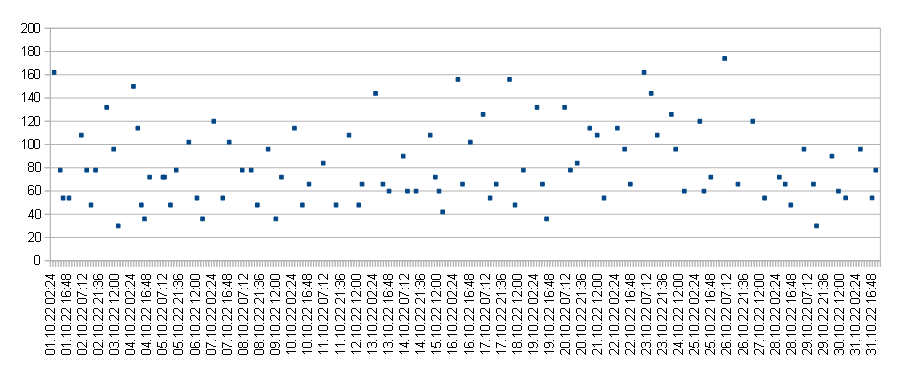
Figure 11 – The result with the calculated hourly numbers of meteor echoes by listening to the radio signals during October 2022.
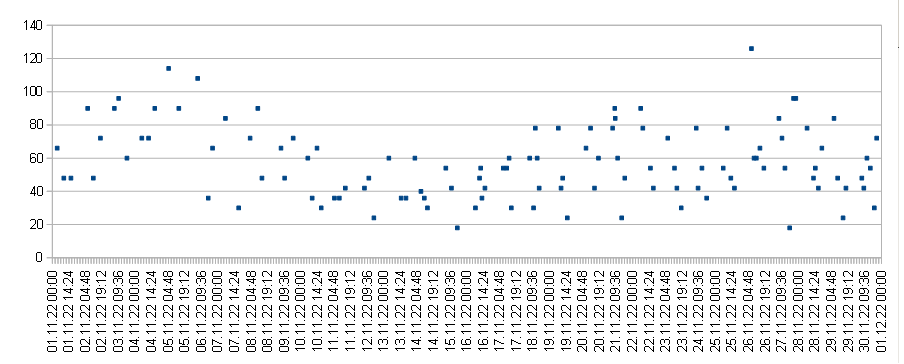
Figure 12 – The result with the calculated hourly numbers of meteor echoes by listening to the radio signals during November 2022
On June 7–8, a peak caused by the daylight Arietid activity can be seen. June 13–14 there was an unclassified increased activity and on 21–22 a strong unclassified activity peak can be seen (Figure 5).
The peak of activity at the end of the month July is interesting, probably due to the minor showers SDA (#0005), CAP (#0001), and maybe PAU (#0183) showing up. The peak in early July is interesting and not yet classified by me (Figure 6).
Figures 8 and 9 show the results of automatic observations for August 2022. The maximum hourly numbers reached at 2h UT and around 9h–10h UT on August 13, correspond to a solar longitude of 140.026° and 140.306-140.346°. This coincides with the onset date of the traditional peak at solar longitude 140° (about 01h UT on August 13). Perseids showed rather modest activity, only about 200–250 signals per hour. Very interesting is the broad peak of the shower, almost half a month wide (Figure 7).
The increase in overall activity after September 18 and up to the end of the month is very interesting. I have no idea what (which) showers may explain this (Figure 10).
Draconids displayed very weak activity and do not stand out from the general trend of activity. For the Orionids, there was a slight increase in activity on October 23, though the traditional peak of October 21 did not show anything (Figure 11).
The peak in early November is most likely due to the end of Orionid activity and the overlapping activity of a number of minor showers. The unclassified peak in the morning of November 26 is interesting. Perhaps it was caused by the November Orionids (NOO) that were active? The Leonids were so weak that they were not even visible in the profile (Figure 12).
4 Conclusion
The method of counting the radio meteor echoes by listening is about 3 times more sensitive than the method using automatic detection of meteor echo signals with music or speech. Experiments are underway to increase the sensitivity of the Metan software for automatic detection of meteor signals. The method of listening to the radio echoes is very interesting, because it allows you to “scan” the dynamics of the total meteor background over a long time, to identify periods of low activity, periods of high activity, as well as outbursts and the peak activity of the most prominent meteoroid streams.
Acknowledgment
I would like to thank Sergey Dubrovsky for the software he developed for data analysis and processing of radio observations (software Rameda). I thank Carol from Poland for the Metan software. Thanks to Paul Roggemans for his help in the lay-out and the correction of this article.
References
Rendtel J. (2022). “Meteor Shower Calendar”. IMO.




